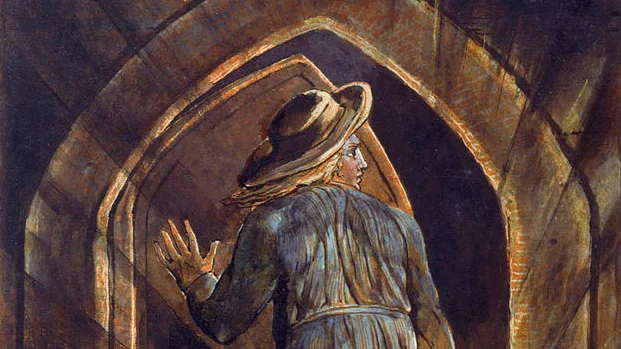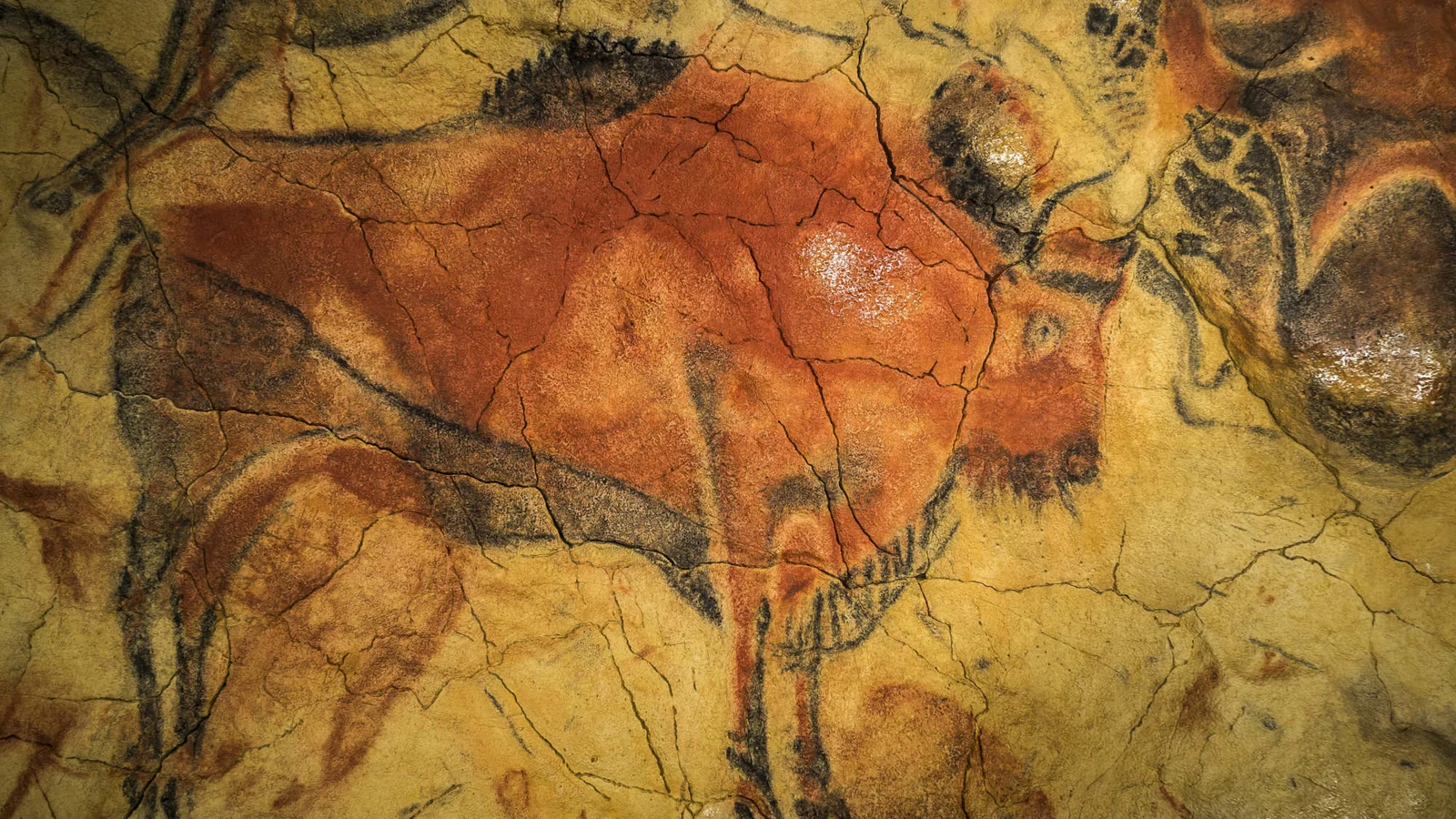Art objects have always offered a point for departure to explore emotions, perspectives, and the imagination. How are object interactions impactful in our current moment? How might we be able to feel more connected through artwork during this time of physical distance?
In this edition of Art Connects, I spoke with Melissa Lee (Director of Education and Public Programs, Vancouver Art Gallery), Stephanie Bokenfohr (Coordinator of Public Programs, Vancouver Art Gallery), and Stephen Legari (Art Therapist at the Montreal Museum of Fine Arts), in a wide-ranging discussion of the cathartic properties of art. We explored how the experience of artworks in museums can allow for a deep engagement that can be transformative and healing. Stephen and I discussed our work in the fields of psychotherapy, trauma, art therapy and arts-based learning, and how these disciplines can be intertwined to create groundbreaking wellness-oriented initiatives within museums.

Detail of the frontispiece of William Blake’s mythopoetic poem Jerusalem, in which Blake explores the inner and outer paths of the human journey — through turmoil and uncertainty, between hope and fear, pressing inexorably forward to integration and healing. In this image, the character Los stands at the threshold of the gateway which leads to his transformation into a cosmic being.
The work that Stephen Legari and I do is distinct from traditional psychotherapy, in which you meet with one person in a room with the door closed. Increasingly, people like us do work out in the community, with different groups and cultures. Lately, the emphasis of my work particularly has been focused on museums and cultural institutions, on the manner by which the collected art and wisdom of our cultures can contribute to improved mental health and overall wellness in the community. Much of that work is about simple connection: people want to connect with one another, with themselves, with the wider world, and with nature. Connection is where I start.
Of course, connection often leads to the kinds of resonance we see in creative work. Much of this resonance shows up in personal hobbies — writing, gardening, crafting, photography, and so on — and the stories that emerge from our creative pursuits. My area of expertise in the world of psychotherapy is trauma, and trauma is its own story. My colleagues and I conducted a research project on trauma healing at the 9/11 Museum in which we worked with personal and creative objects as tools for healing. Trauma can be seemingly insurmountable, and yet can often be navigated via small practices and with objects that can be held in the palm of the hand. The image of our participant holding a small piece of steel from 9/11 (see video) reflects the larger power of objects and the work of hands therapeutically and creatively to make trauma manageable.
At the moment, we’re all dealing with trauma in so many different ways. Creativity can be a guide in helping us integrate our own personal trauma healing with larger social questions. The oil lamp (see video) is from the ancient Mediterranean. One of the participants in our UK museum project was a Syrian refugee who had come across the Mediterranean with her children and husband, through terribly traumatic circumstances, and subsequently was involved in the museum’s outreach project. She had a very illuminating experience interacting with this object and spoke of its role in her own trauma healing. This was a very inspiring moment for me, to see the ways in which objects can be guides in healing and can promote wisdom and insight. Cultures are the carriers of human wisdom. Sometimes, in accidental or synchronistic moments with cultural objects in museums, people discover connections to their own cultures and their own wisdom. It’s not something that can be planned or designed in advance. These moments just happen. It’s an organic kind of therapy, which for me has been wonderful to participate in.
All of these practices help to inform our relationships and how we might deepen our connections with ourselves and with one another. Wonderful stories of illumination, connection, and relationship can emerge from simple interactions with objects. I’m very curious to see where this work will go next.
